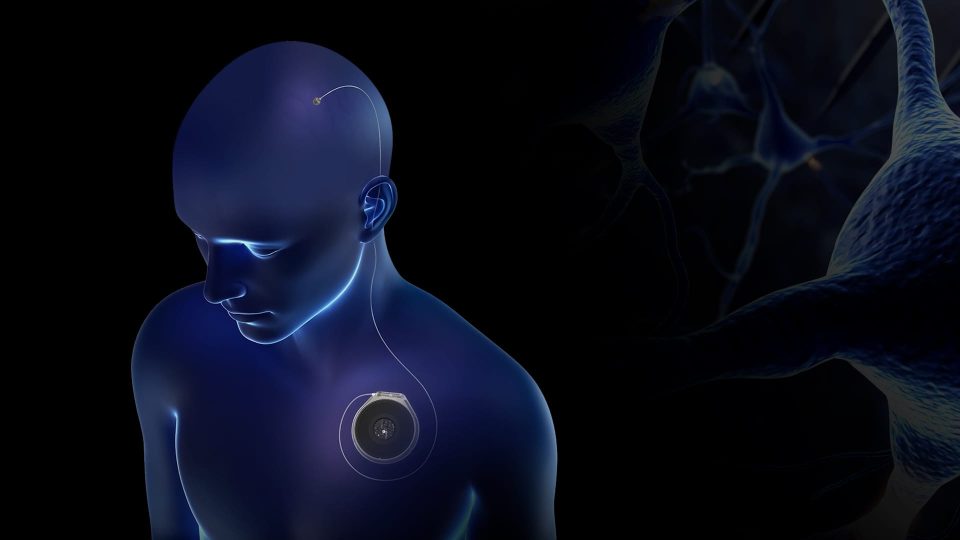Paradromics, a private neurotechnology company at the forefront of brain-computer interface (BCI) development, recently reached a significant milestone, its device was implanted in a human for the first time. The procedure, conducted at the University of Michigan in mid-May, marks a pivotal moment for both the company and the broader field of neurotechnology.
The Paradromics BCI was implanted in a patient who was already scheduled for neurosurgery to treat epilepsy. The device was both inserted and removed within a remarkably short window of about 20 minutes during the patient’s existing surgical procedure. This rapid integration highlights one of the key advantages Paradromics is striving for, minimizing disruption to standard medical care while advancing the potential for brain-computer communication.
The significance of this achievement is hard to overstate. While several companies and research groups have demonstrated BCI technology in humans before, each successful implantation, especially one as seamless as described by Paradromics, adds momentum to the field. The University of Michigan’s involvement also provides a layer of credibility and scientific rigor, as the institution is known for its expertise in both neurology and neurosurgery.
Paradromics’ approach centers on high-bandwidth neural interfaces, which aim to capture and interpret large volumes of neural data with unprecedented precision. This capability could eventually enable patients with severe neurological conditions, such as paralysis or locked-in syndrome, to communicate or control external devices using only their thoughts. The recent procedure is a critical proof of concept that the technology can be safely and efficiently integrated into existing surgical workflows.
From a business perspective, Paradromics is positioned in a rapidly evolving sector where competition is intensifying. Companies like Neuralink, Synchron, and Blackrock Neurotech are all racing to bring BCI solutions to market. Yet, Paradromics’ focus on minimizing procedure time and leveraging existing surgical opportunities could set it apart, particularly in the eyes of clinicians and hospital administrators seeking to minimize risk and maximize efficiency.
For now, Paradromics’ latest achievement is a clear signal to the industry that its technology is moving from the lab to real-world clinical settings. The company’s ability to conduct the implantation and removal in such a short time frame suggests that its devices may be more practical for widespread use than some competing solutions, which often require more invasive or time-consuming procedures.
Looking ahead, the next steps for Paradromics will likely involve further clinical trials to demonstrate safety, efficacy, and long-term benefits. The company may also seek partnerships with larger medical device manufacturers or pharmaceutical companies to accelerate development and commercialization.
Paradromics’ first human implantation is a major step forward for the company and for the field of brain-computer interfaces. By focusing on integration with existing neurosurgical procedures and minimizing disruption for patients, Paradromics is carving out a unique niche in a crowded and competitive landscape. As the company continues to advance its technology, it will be important to watch how it navigates the complex regulatory and commercial challenges ahead.

